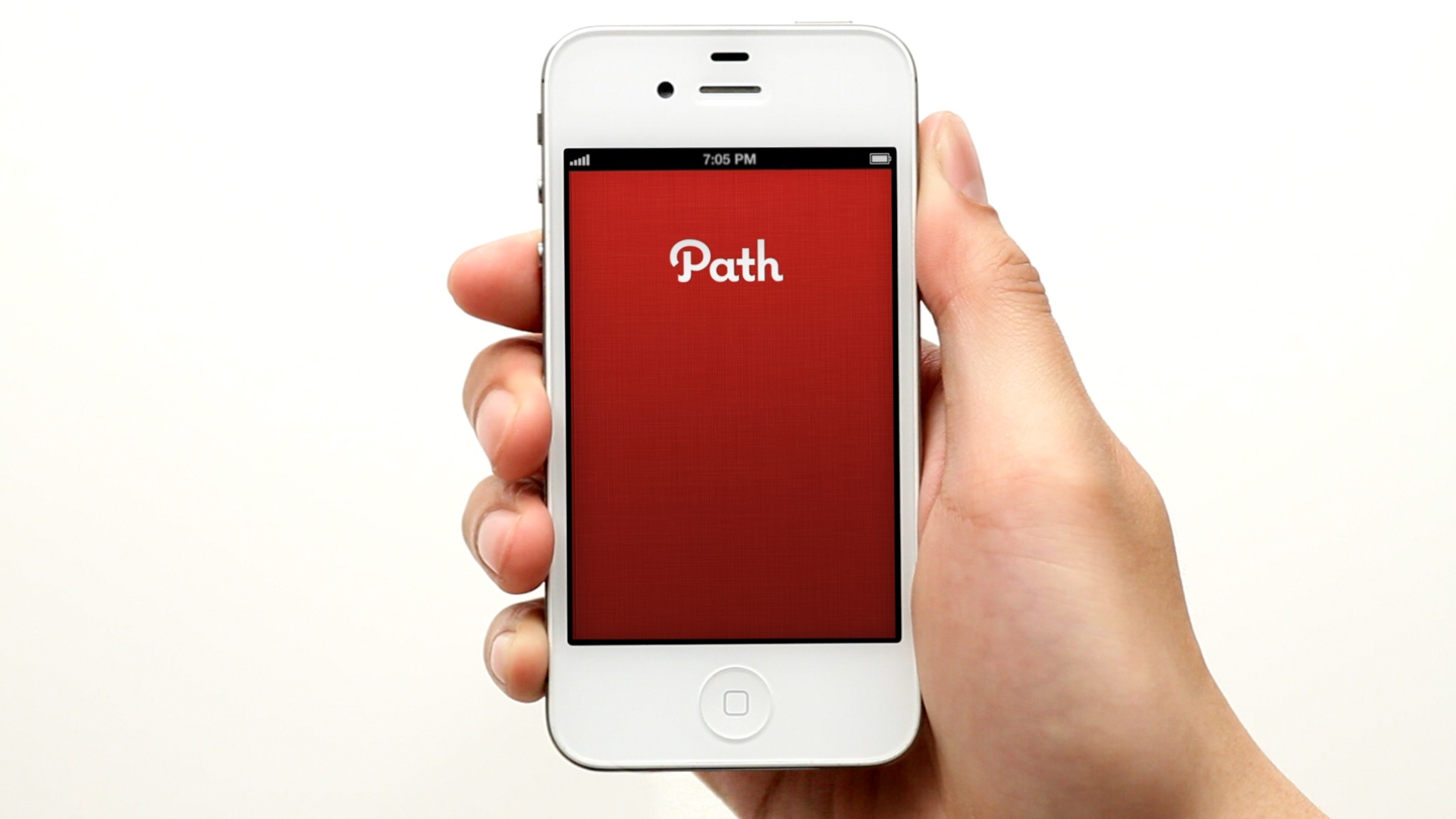By Joann Lee, Staff Writer
INTIMATE: Path chooses to gather popularity by keeping things exclusive.
Social networking is a large part of being a modern citizen. Networks such as Facebook, Twitter, Instagram, Tumblr and Pinterest have become wildly popular over the last few years, not just for personal use but also for promoting businesses and organizations. The competition among other social media brands is intense, and it’s largely up to the public to decide if they’ll join the top ranks. But of all the networks vying for the public’s attention, a new app called Path has joined the mix of top social networks.
On its website, Path describes itself as a social networking app for “private messaging and sharing with friends and family.” Path takes a new approach by capping a user’s followers at 150 people, attempting to create an intimate sharing experience. It’s unique to have a feature like this when most sites like Twitter are geared toward garnering as many followers as possible. However, this particular app might not be appealing to the voracious socialite since it limits how much users can see as well as how much followers can see.
Despite the limited audience, Path’s function is identical to that of other social networks: posting pictures (with Path’s own built-in filters), videos, status updates and check-ins. It’s basically a one-stop app, because users can take their activity and post it onto the other sites if they please. A user can also message their close friends on Path, using a clean-cut messaging system with artsy stickers designed by Path’s own artists as well as standard emoticons. It’s even possible to message voice recordings/memos and send pictures and videos instantly in a method similar to Snapchat’s.
Path’s interface has the smooth beauty of Google+ combined with the versatility of Facebook. The concept of having limited friends is interesting. The built-in features are nice, and the whole app is just visually enjoyable. However, I fail to see the appeal of Path. With all these little features and cutesy art, it’s hard to discern why someone would start using Path other than for the simple joy of adding another social network to his or her daily Internet stroll. As social networking devourers, we usually have a semi-substantial reason as to why we use certain social networks. We use Facebook to access our friends and family easily. We use Twitter to stalk our favorite people. We edit photos on Instagram in hopes to create a beautiful online album of our life. But Path seems to offer no strong reason other than doing all of the above and sharing it with a maximum of 150 people, which may or may not be enough to convince people to sign up for an account.
Path is available for free on the App store and the Google Play store.

